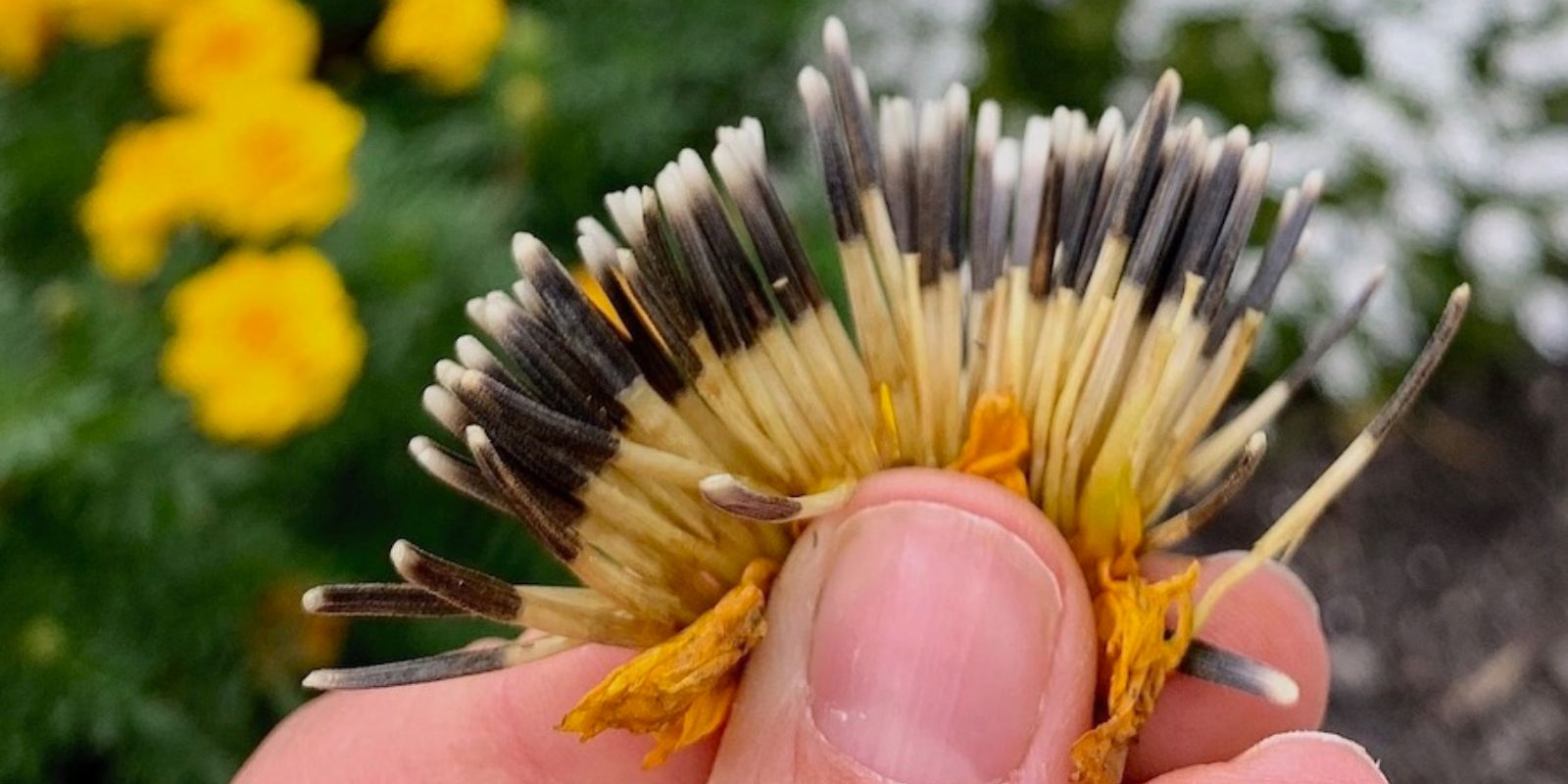Introduction
Marigolds are a favorite among gardeners for their vibrant colors, cheerful blooms, and their ability to repel pests. One of the joys of growing marigolds is being able to harvest seeds from your plants, allowing you to propagate these beautiful flowers year after year. Harvesting marigold seeds is not only economical but also a rewarding process that connects you with your garden. In this comprehensive guide, we’ll explore the essential steps for harvesting marigold seeds, ensuring you have a bountiful supply for your future gardening adventures.
Why Harvest Marigold Seeds?
Harvesting marigold seeds offers several benefits:
- Cost-Effective: By saving seeds from your current marigold plants, you reduce the need to buy new seeds each season, making your gardening efforts more economical.
- Preservation of Varieties: If you have a specific variety of marigold that you love, saving seeds ensures you can continue growing that particular type year after year.
- Satisfaction: There’s a unique satisfaction in growing plants from seeds you’ve collected, fostering a deeper connection with your garden.
When to Harvest Marigold Seeds
Timing is crucial for successful seed harvesting. Follow these guidelines to determine the right time to collect marigold seeds:
- Wait for Maturity: Marigold seeds are ready for harvest when the flower heads have dried and turned brown. This typically occurs several weeks after the flowers have faded.
- Check Seed Readiness: Gently press the center of the flower head. If it feels dry and the seeds easily fall out, it’s time to harvest.
Step-by-Step Guide to Harvesting Marigold Seeds
- Monitor Flower Heads:
- Observe your marigold plants as the growing season progresses. The flowers will start to dry out and turn brown. This is the cue that seeds are maturing.
- Cut the Flower Heads:
- Use clean, sharp scissors or pruning shears to cut the dried flower heads from the plant. Hold the flower head over a container to catch any seeds that may fall out during the cutting process.
- Extract the Seeds:
- Place the dried flower heads in a bowl or container. Gently crush the flower heads with your hands or a rolling pin to release the seeds. Alternatively, you can use a small brush to dislodge the seeds from the flower head.
- Marigold seeds are small and can be easily mixed with debris, so it’s important to separate them carefully.
- Clean the Seeds:
- After extracting the seeds, remove any remaining flower debris. You can do this by sifting the seeds through a fine mesh sieve or by hand. This step ensures that you’re left with clean, viable seeds.
- Dry the Seeds:
- Spread the cleaned seeds out on a paper towel or newspaper in a single layer. Allow them to air-dry for at least 24 to 48 hours. Ensuring the seeds are completely dry helps prevent mold and rot during storage.
- Store the Seeds:
- Once the seeds are fully dried, transfer them to a labeled envelope, paper bag, or airtight container. Proper labeling will help you remember the variety and the date of collection.
- Store the seeds in a cool, dry place away from direct sunlight. A dark cupboard or a climate-controlled room is ideal.
Tips for Successful Seed Harvesting
- Be Patient: Allow the flower heads to dry fully on the plant before harvesting. Premature harvesting can result in immature seeds that may not germinate.
- Use Clean Tools: Ensure that all your cutting tools are clean and sharp to avoid damaging the plants and to ensure a clean cut.
- Handle with Care: Marigold seeds are tiny and can be easily lost or damaged. Handle them gently and avoid dropping or crushing them during the extraction process.
- Check for Viability: Before storing a large batch of seeds, test a small amount to ensure they are viable. You can do this by placing a few seeds on a damp paper towel and observing if they sprout within a couple of weeks.
Common Mistakes to Avoid
- Harvesting Too Early: Collecting seeds before they are fully mature can lead to poor germination rates. Ensure the flower heads are completely dry and brown.
- Improper Drying: Failing to thoroughly dry the seeds can cause mold and rot during storage. Always allow seeds to dry completely before storing them.
- Ignoring Storage Conditions: Seeds stored in a humid or warm environment may not remain viable. Store seeds in a cool, dry place for the best results.
Using Your Marigold Seeds
Once you’ve harvested and stored your marigold seeds, you can use them for various gardening purposes:
- Replanting in Your Garden: Sow the seeds directly in your garden or in seed trays for starting new plants. Follow the planting instructions specific to marigolds for optimal growth.
- Sharing with Friends: Share your marigold seeds with fellow gardeners or friends who appreciate these vibrant flowers.
- Creating Seed Gifts: Pack the seeds in decorative envelopes or jars to give as thoughtful, homemade gifts to garden enthusiasts.
Conclusion
Harvesting marigold seeds is a gratifying process that enhances your gardening experience. By following these steps—monitoring flower heads, cutting, extracting, cleaning, drying, and storing—you can ensure a successful harvest and continue to enjoy the beauty of marigolds in your garden year after year. With a little patience and care, you’ll have a bountiful supply of marigold seeds ready to sow and grow, contributing to a vibrant and thriving garden.
Embrace the art of seed harvesting and let your marigold garden flourish with every season!

